When most marketers think about SEO, they jump straight to keywords like “best running shoes” or “how to do [whatever]”. Non-branded, high-intent, top-of-funnel stuff.
But our latest study might surprise you:
Nearly half of all Google searches (45.7%) are branded searches—meaning people are actively seeking out specific companies and products they already know.

Yep, nearly half of what people type into Google includes a brand name or a product name.
It’s based on a massive Ahrefs study of ~150 million U.S. keywords. We’re talking hard data.
So, if you’re not actively considering brand marketing and branded search in your marketing strategy, you might be missing out on a huge piece of the pie.
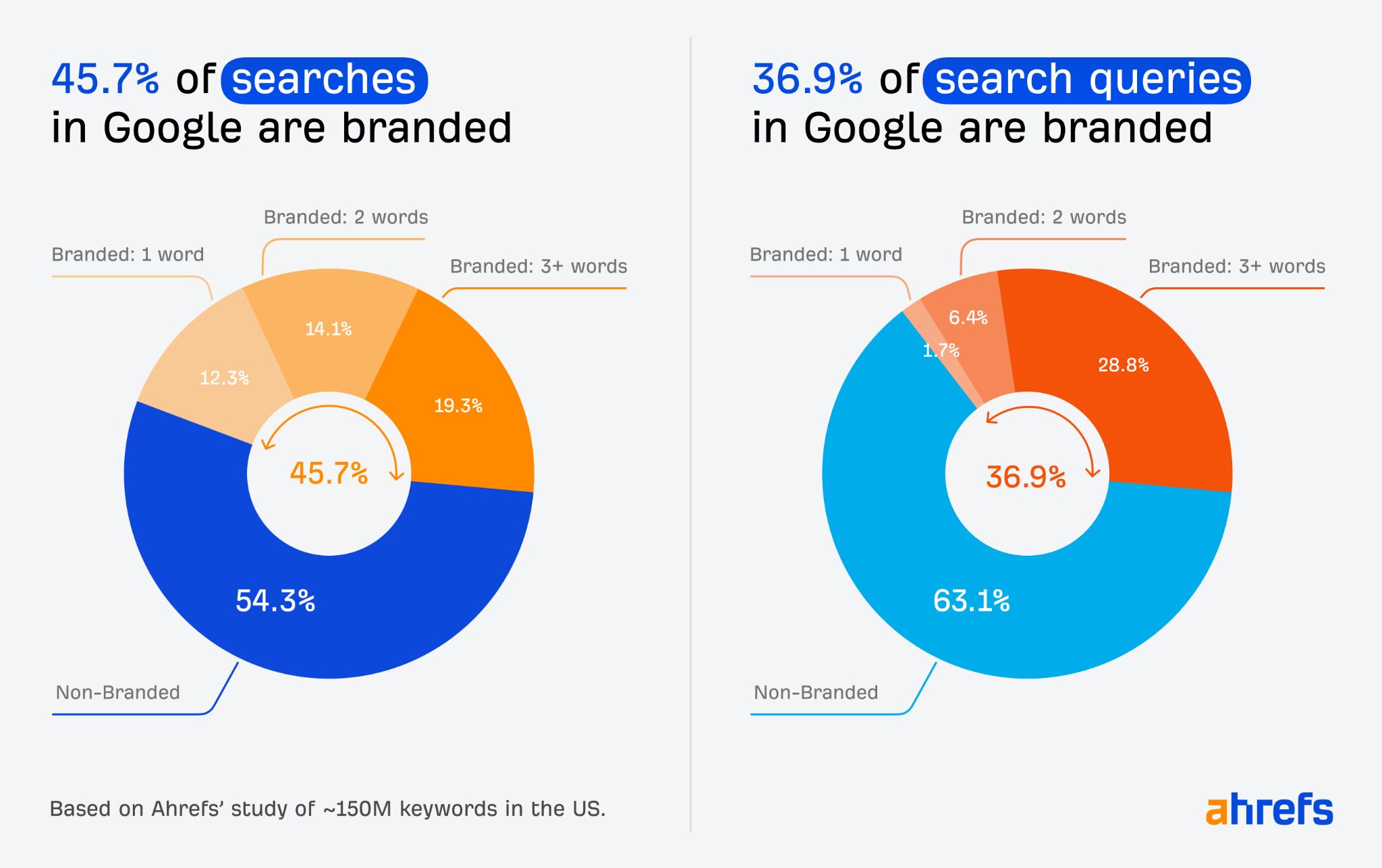
(Shout out to Rand Fishkin for encouraging us to dig deeper on this.)
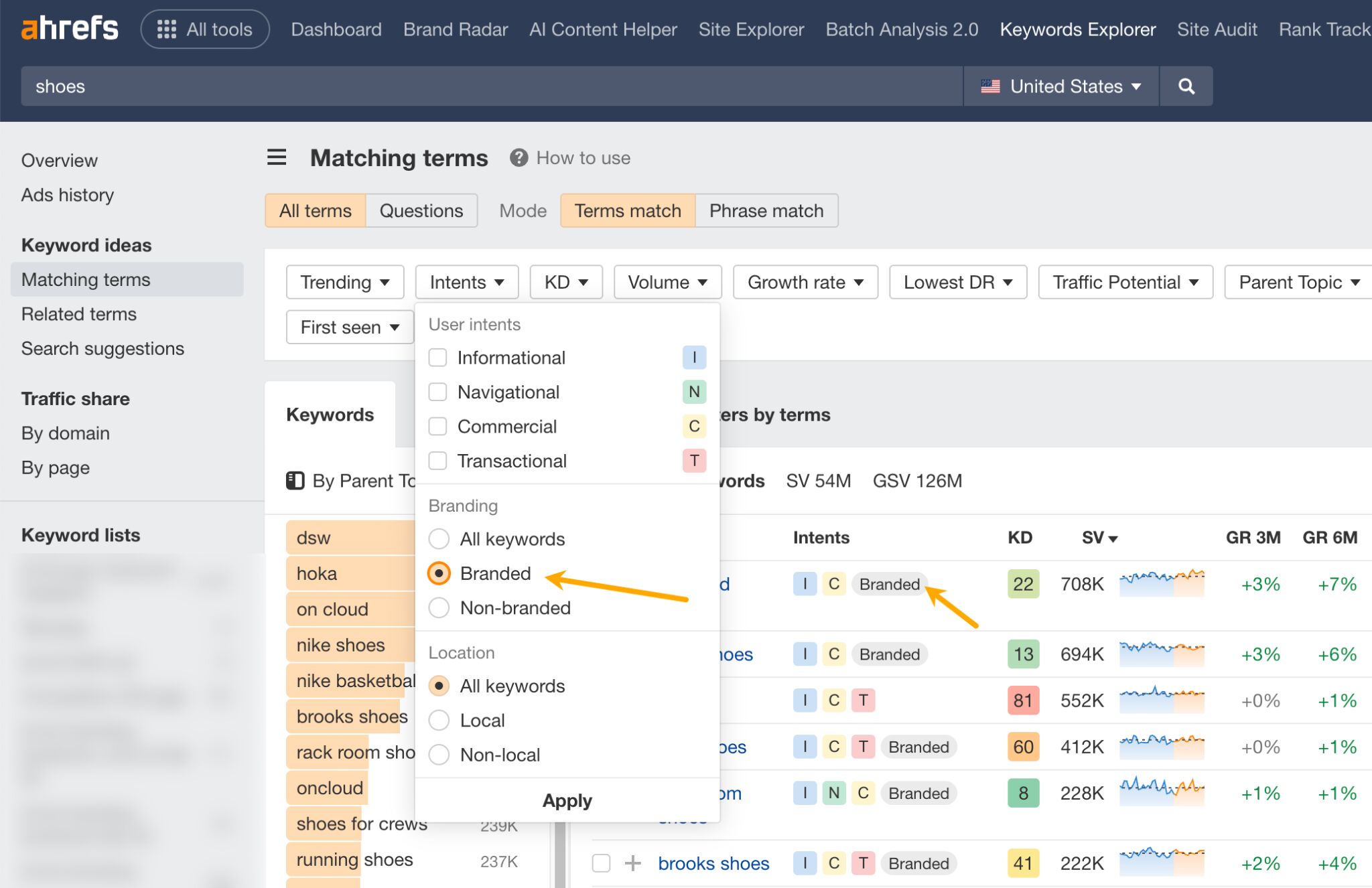
This also enables you to easily track branded vs. non-branded traffic performance in Site Explorer (Overview report).
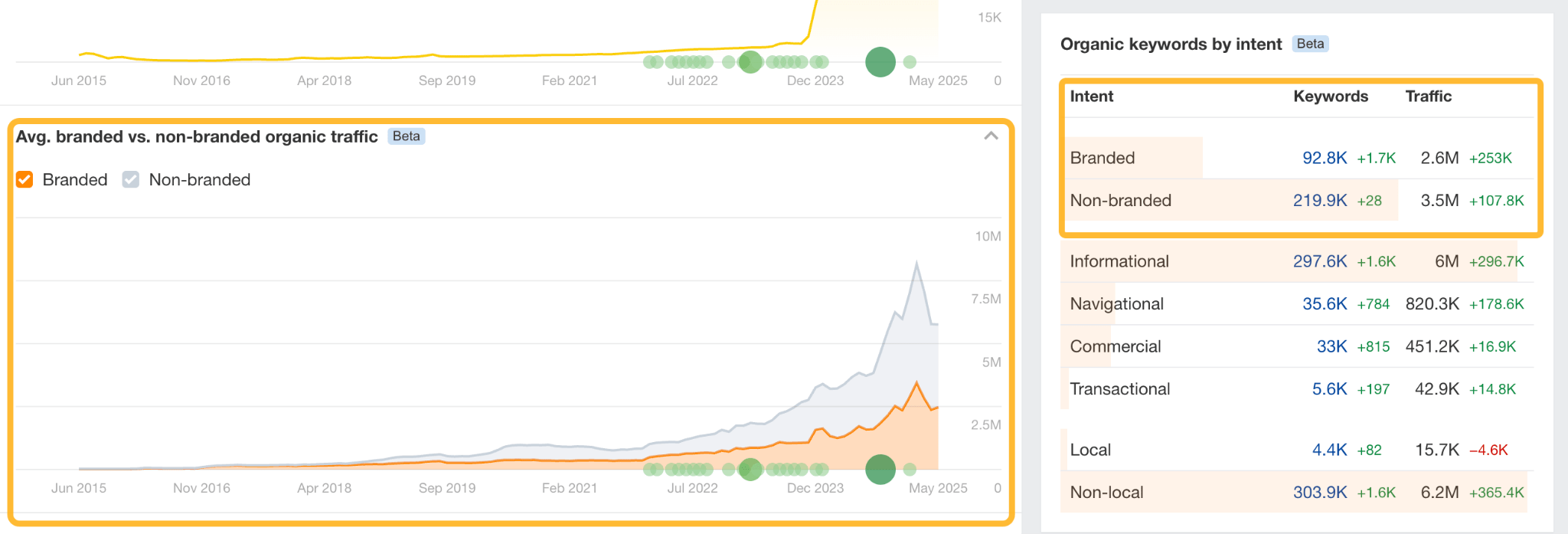
3. You can (and should) optimize for branded search
The homepage isn’t the only result page searchers might be looking for. They could be looking for support pages, specific products, reviews, or local listings.
That’s why it’s worth auditing how your branded queries perform and making sure you control the full branded SERP with helpful, relevant content. Think of it as owning your reputation, not just your homepage.
Let me give you two examples from our turf.
People were asking Google whether we had a program for affiliates, and since we didn’t have a page that answered that, Google tried “its best” pulling up a page that contained the words “ahrefs” and “affiliate”. Not the best experience, and this was our fault. We fixed that with a quick blog post.
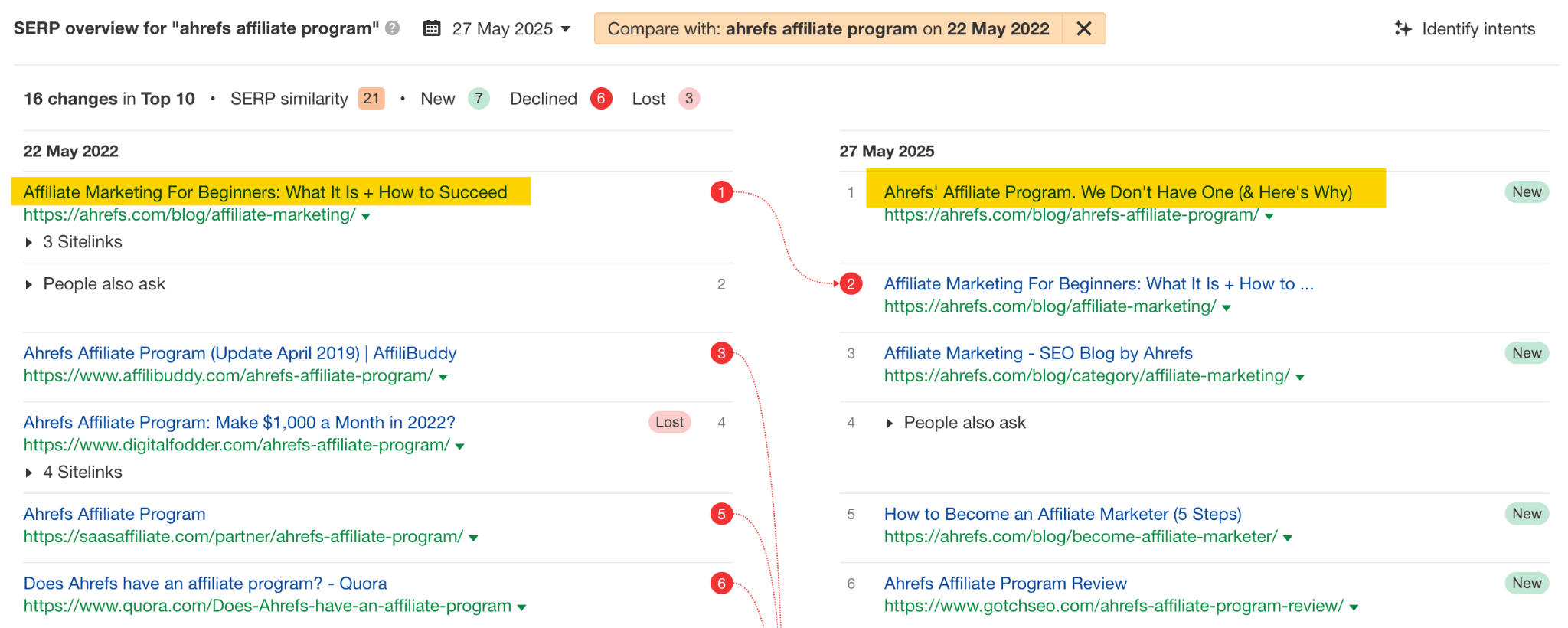
Another example. Some people like to see what’s new in Ahrefs by searching for something like “ahrefs new”. Before we introduced a changelog that consolidated all product updates, the SERP was chaos.
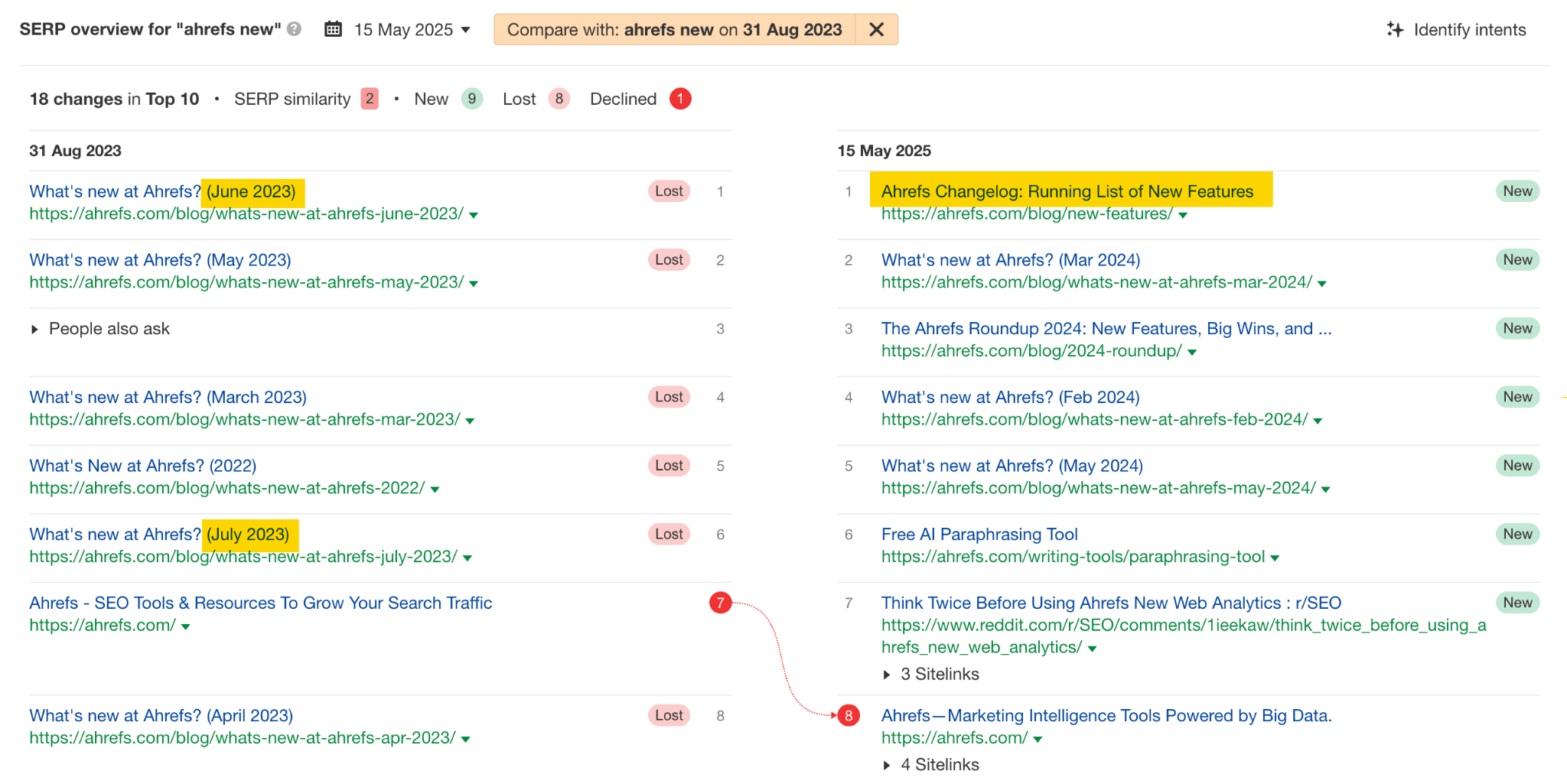
- Hugo H. Macedo argued that many branded searches are just navigational: people typing a brand into their browser bar and hitting enter. It’s not always brand awareness—sometimes it’s just habit. Or as Alek Asaduryan suggested, Google has become a default navigational tool, not just a research engine.
- Stefan Repin pointed out that demand is now often created outside of Google—on social media, podcasts, and other platforms—and Google serves more as the place people go once interest is sparked.
- Isabel Hughes and Shawn Busse highlighted the murky waters of attribution. Just because someone typed your brand into Google doesn’t mean search was their first touchpoint.
- John Emoavwodua emphasized that branded search is often a sign of people moving further down the funnel—seeking more info after discovering your brand elsewhere.
- Mike Escott made the case that a declining brand leads to fewer branded searches, and generic search performance will eventually suffer too (this is something that deserves a study on its own).
- Joshua Squires raised a great point about retailers who don’t own the brands they sell—what does branded search mean for them?
- Michael Fertman pointed out that offline channels (like billboards) can drive branded search volume too. It’s not just digital.
- Marcel Nanning summed it up well: strong branding makes everything else easier.
Final thoughts
This study is one more reminder that brand matters—a lot. Even as the search landscape shifts with things like AI Overviews, brand still stands out as a key driver of visibility in the SERPs.
In fact, I’d argue brand marketing is the most underappreciated SEO strategy. When I analyzed SEO tactics of Nasdaq-listed companies, brand strength kept showing up as an entity within Google’s knowledge graph that can win SERPS.
I also found that companies that have a branded version of an unbranded keyword, like “mortgage calculator” versus “NerdWallet mortgage calculator”, tend to rank higher for the generic term, too. Again, brand marketing has an impact on SEO.
So if you’re investing in SEO, don’t overlook brand. It’s doing more of the work than most people realize.
Got questions or comments? Let me or Tim know, or drop a comment in the discussion on LinkedIn.
Similar Posts
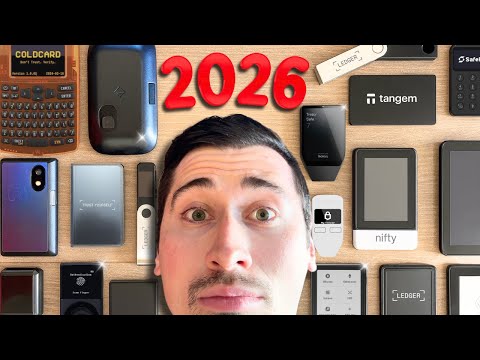
If I Had to Choose a Cold Wallet in 2026, I’d Pick One of These
Get 30% off your Tangem Wallet: https://cyberscrilla.short.gy/tangem26 Get $70 in free BTC with your Ledger Flex: https://cyberscrilla.short.gy/Ledger26…

7 Best WordPress Table Plugins for Your Data – Qode Interactive
We’re kicking off our list of the best WordPress table plugins with a collection of widgets for…
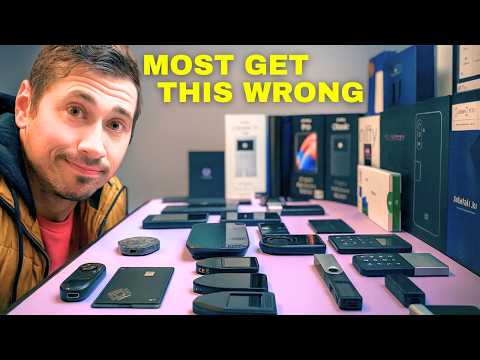
How to Choose the BEST Cold Wallet for 2026
Here are the 3 cold wallets I mentioned: Tangem (Get 10% OFF) : https://cyberscrilla.short.gy/DupmKUUser Guide: https://youtu.be/LdlmHR120e8?si=HHiPYKyvo2xOl2yl Ledger…
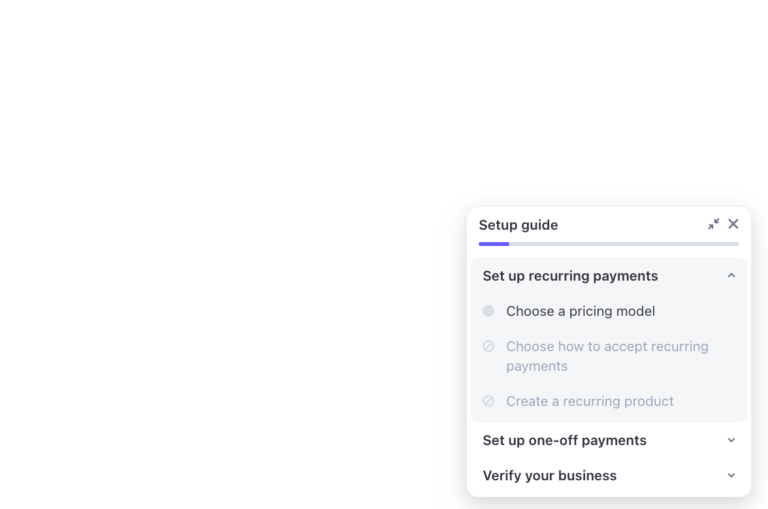
How to Integrate Stripe With WordPress: Easiest Method for 2025
Accepting payments on your WordPress site doesn’t have to be complicated. With Stripe and the WP Full…

NEW to Cold Wallets? (Watch This First)
❤️ Tangem is the best wallet for beginners. Buy it here for 10% OFF: https://cyberscrilla.short.gy/Tangem6 Check out…
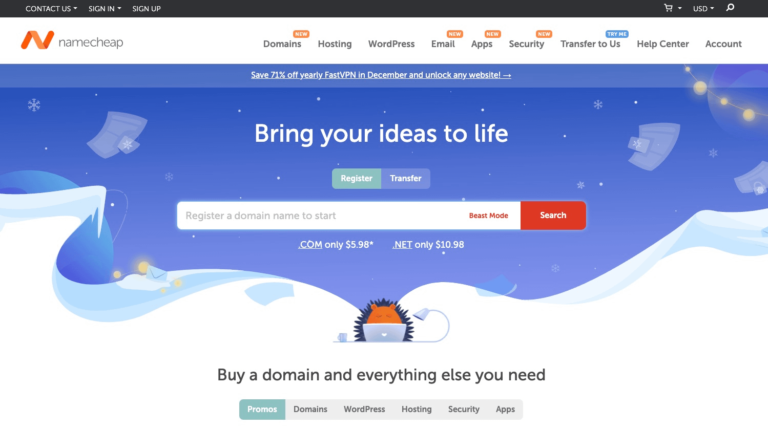
Best SSH Hosting for WordPress Sites on Shared Servers
Shared hosting is what most website owners (~38%) 1 rely on when first launching a WordPress site….